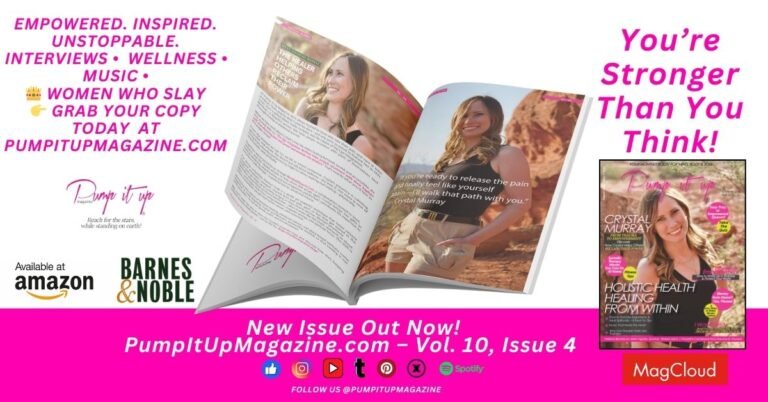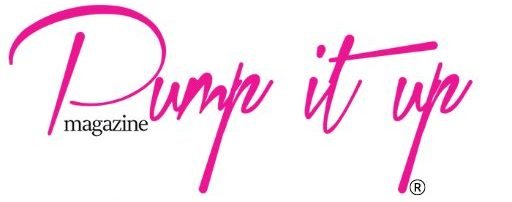Freedom looks different today. It’s not just about travel or remote work anymore—it’s financial freedom, too. For freelancers, gig workers, and artists, managing income isn’t about tracking a regular paycheck. It’s about staying afloat during slow periods, riding the waves of peak months, and having access to funds when needed most. That’s why flexible credit lines are becoming an essential part of the independent lifestyle. Unlike traditional loans, which are rigid and scheduled, flexible credit adapts. It moves with the unpredictable rhythms of real-world earning.
When Paychecks Vary, Flexibility Wins
For many independent workers, payday isn’t Friday—it’s whenever a client sends a payment. This makes budgeting unpredictable. Rent, groceries, and surprise expenses don’t wait for invoices to clear. A flexible line of credit helps cover these gaps without forcing borrowers into lump-sum borrowing they may not need. You only pay interest on what you use. If there’s a dry month or a sudden opportunity—a new tool, a conference trip, even a medical emergency—you can access cash without committing to a large, long-term debt.
Unlike installment loans, which lock users into repayment plans regardless of changes in income, flexible credit lines let you borrow a little at a time. If your income picks up the next month, you repay sooner. If it dips again, the line remains open.
Custom-Tuned for Creative Lives
Artists and creatives often operate on a feast-or-famine cycle. One month might bring a gallery sale or a licensing deal. The next might involve pitching, refining, and hoping. Traditional loans assume financial predictability—something many creatives don’t have. A flexible line of credit doesn’t punish you for having inconsistent income. It offers a financial cushion that can smooth out the valleys and let you focus on your craft instead of stressing about money.
This access can also serve as a bridge. Maybe you’re working on a passion project with no upfront pay but long-term potential. A credit line can help cover basic costs until the project monetizes. It’s less about splurging and more about sustaining momentum. Tools, time, and stability have real value in the creative process.
For Gig Workers, Time Is Literally Money
The gig economy is built on flexibility. But that flexibility cuts both ways. Drivers, delivery partners, and remote taskers work when there’s work. If your car breaks down or you get sick, the money stops. A flexible credit line can offer short-term relief without the lengthy approval process of traditional loans. More importantly, it lets workers decide when and how to use the funds.
Some platforms pay weekly, others daily, taking into account that expenses can be erratic and often arrive without warning. A revolving credit option means you’re not applying for a new loan every time something pops up. You simply draw what you need and replenish when you can.
A Tool for Empowered Borrowing
One of the most misunderstood aspects of credit is the belief that it’s all or nothing. You either take out a loan, or you don’t. You’re either in debt, or you’re not. A flexible credit line challenges that thinking. It’s not about borrowing more than you need—it’s about having access to exactly what fits your situation, when you need it.
Today’s credit lines often include intuitive dashboards and mobile tools that give users real-time control over their finances. For example, the NinjaCard Flexline solution allows users to monitor available credit, draw funds on demand, and customize repayment schedules—all within a single app. You can check your balance, make a payment, or access funds in moments.
That kind of autonomy matters—especially for freelancers and gig workers who can’t rely on steady paychecks or in-house HR. Acting fast without paperwork, calls, or delays? That’s not just helpful—it’s essential.
The Appeal of Responsiveness
Speed matters. Especially when opportunities are time-sensitive. You might find a limited-time equipment deal, spot an ad slot that’s perfect for your campaign, or need to book last-minute travel for a gig. A traditional loan takes days—or weeks. A flexible credit line can fund within hours.
This kind of responsiveness is also useful for emergencies. When you’re your own boss, there’s no sick leave. A broken wrist, a stolen laptop, or a flooded studio can cost more than money—it can cost time, contracts, and reputation. A revolving credit tool gives you the breathing room to recover and regroup.
Not Just Safety—Strategy
Some users treat their credit line as a last resort. Others, as a financial buffer. But increasingly, flexible borrowing is a strategy. A line of credit can help freelancers handle large projects by prepaying contractors, renting space, or buying materials upfront. Instead of waiting for a lump payment and risking delays, you can move forward and recoup costs when paid.
This kind of planning turns credit from a reactive measure into a proactive one. You’re not fixing problems—you’re creating leverage. You’re making calculated decisions instead of scrambling for support. That shift—from reactive to strategic—is part of what makes flexible credit a strong match for independent earners.
The New Normal Is Financial Fluidity

Traditional banks weren’t designed for digital nomads or multi-income freelancers. But modern credit providers increasingly are. They understand that financial health isn’t just about a steady job. It’s about being able to cover a $600 car repair today without jeopardizing rent next week. Flexible lines of credit reflect the reality that many earners face: life is unpredictable, but your access to financial tools shouldn’t be.
As more people leave 9-to-5 jobs to freelance or pursue creative paths, financial products must evolve. Credit lines that once supported small businesses now support individuals navigating new forms of independence.
An Anchor Without the Chain
A flexible line of credit isn’t a replacement for income—it’s a tool for smoothing out its inconsistencies. For people with variable earnings, it offers structure without constraint. It’s not just a fallback when things go wrong; it’s an enabler when things are about to go right.
Modern lifestyles demand modern tools. As independent work becomes the rule rather than the exception, expect these financial instruments to grow in availability. Not because they’re trendy—but because they work.













